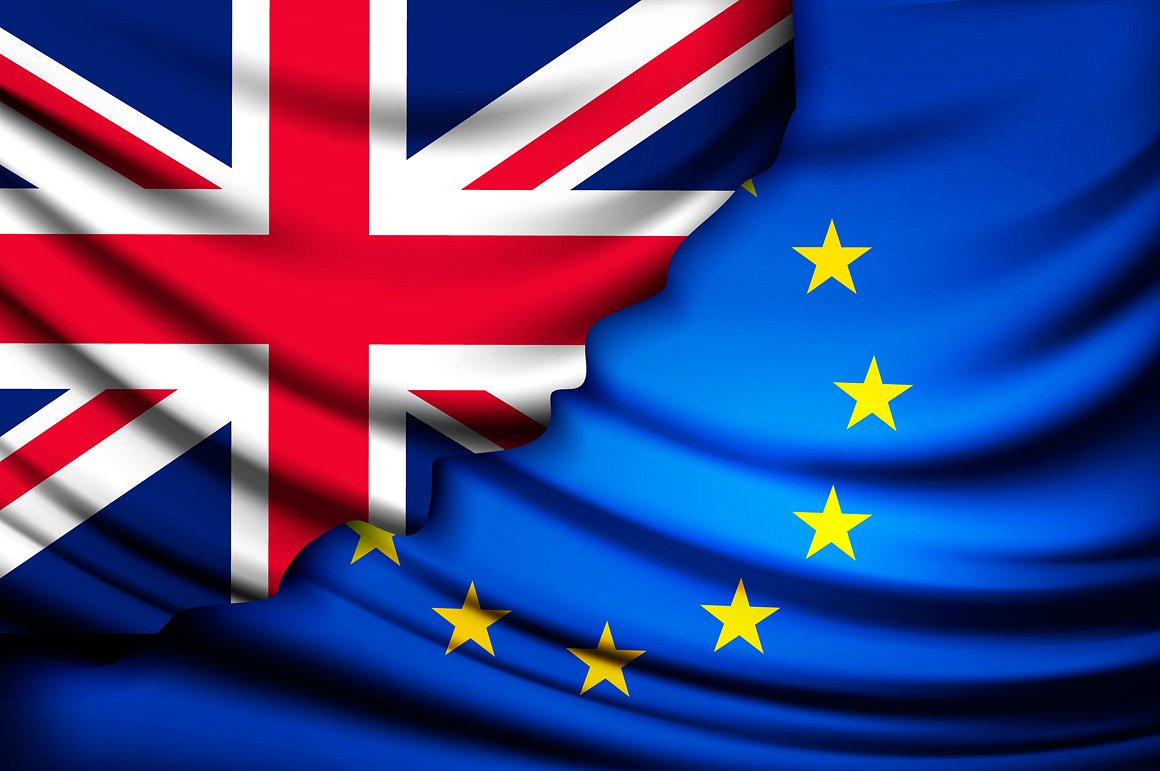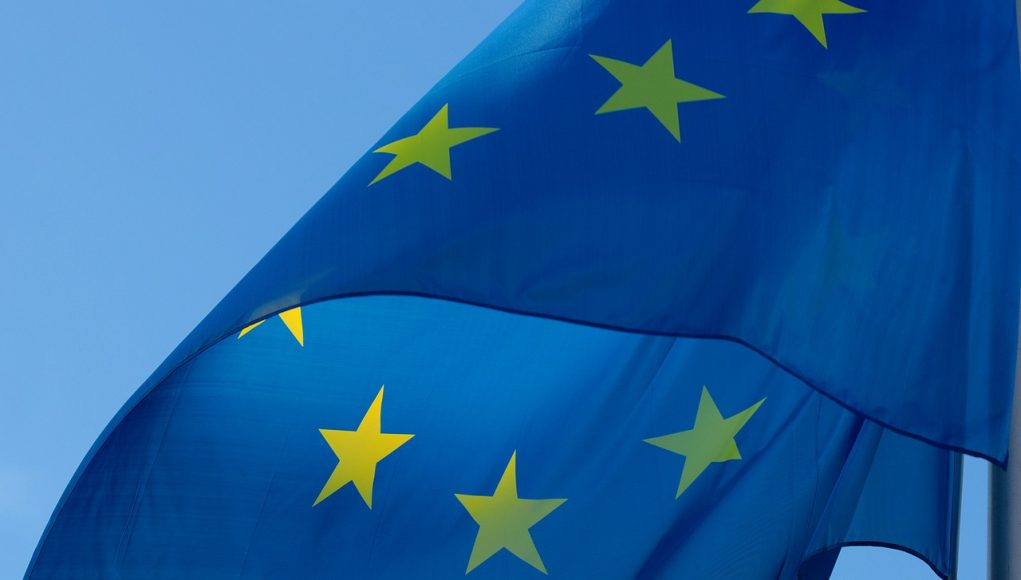A brief history of TPD Regulations and the future
The TPD was passed in 2016, and the EU implemented the regulations in May of 2017. The first step to the new regulation was a Tobacco Products Directive that was published in 2013. The directive proposed a new tobacco product regulation that would require products to have a label with related information on it.
The United Kingdom introduced new regulations in 2016 that limit nicotine strength and bottle size, prohibit flavourings and reduce the advertising of “prohibited products.” Prohibited products include cigarettes, roll-your-own tobacco and smokeless tobacco.
Why did the government limit advertising, nicotine strength, and bottle sizes?
Some people believe that the government is limiting nicotine strengths, advertising, and bottle size in response to young people’s increasing use of vaping devices. The theory is that due to these controls, there will be less use of vaping devices among young people, which means less initiation and fewer long-term users.
I think it’s fair to say that some health experts and policy-makers are concerned about the impact of vaping on young people. In particular, they worry about the emergence of a new generation of “nicotine addicts” who may not yet be old enough to make an informed decision about whether or not to use these products (according to research by Dr Kasperski, the brain doesn’t fully develop until a person is in their mid-twenties). They also wonder if vaping might be another gateway to smoking for young people who otherwise wouldn’t have been interested in traditional cigarettes.
There are some more practical reasons for limiting nicotine content and reducing bottle size and advertising prohibited products. The thinking here is that if you can’t give people what they want in terms of nicotine content or bottle size, they will smoke more traditional cigarettes. Also, now that the tobacco industry is no longer allowed to advertise on TV and radio, this seems to be a way of keeping them in business.
It’s hard to ignore the role played by lobbying from the tobacco industry in the development of these regulations-particularly since some of the new rules are not based on scientific evidence but rather seem to be designed to frustrate and confuse vapers. For example, many experts say that there is no reason for prohibiting flavourings or reducing bottle size.
Dr Farsalinos stated in his interview with ecigarette-research.com, “The TPD could have been adopted without restrictions and the alleged “toxic emission” limit of 20 mg/ml, it could have been supported by scientific evidence. But, even worse is the restriction on nicotine concentration where an arbitrary threshold of 20 mg/ml is adopted without any scientific evidence, and in the face of a large body of scientific research which shows that such concentrations are safe for consumers.”
Why was there no scientific research to back up the restrictions set by TPD regulations?
It’s important to note here that many people don’t realize that the EU actually isn’t allowed to implement new regulations without a sound scientific basis. Article 208 (5) of the Treaty on the Functioning of the European Union states that “A Member State may not restrict the quantity or proportion of tobacco products placed on the market unless this is justified by the need to protect public health”.
How the UK has adapted to TPD Regulations and vaping in general
The point of this article is to explore the adaptation of e-cigarettes to TPD regulations so that I won’t go into much detail here. But it seems that as far as the manufacturers are concerned, they needed to create a new category called “sub-tank devices“, and vape shops would be allowed to carry on trading as usual. Whether this strategy to circumvent the rules will work remains to be seen. Still, as of July 2021, it seems that most UK vapers are content with the changes and that anxiety about a vaping black market has not materialised.

E-cigarette regulations in other parts of Europe?
Some countries in Europe such as Norway (2010) and Poland (2015) have followed regulations that are more relaxed than those in the UK. Norway, for example, has much looser advertising restrictions. For example, they make it easier for vape manufacturers to advertise their products on TV and other media channels. And there’s no prohibition against vaping indoors.
In Poland, some types of e-cigarettes are available over the counter with no age restrictions imposed at all. In other parts of Europe, the picture is more mixed. In Italy, for example, there are no restrictions on advertising e-cigarettes and they are available over the counter as well. But their online sales are restricted to people over 18 years of age. Of course, when you’re dealing with different countries in Europe that have differing levels of openness to e-cigarettes, you’re going to get different attitudes towards them. So, it’s no surprise that the picture is complicated.
What about other countries outside of Europe?
In the USA we’ve seen regular attempts by legislators to ban e-cigarettes altogether. And there are still many people who believe that they should be banned due to health concerns. But even in the USA, there are some states where vaping is more welcomed than others. For example, Colorado allows people to vape indoors so long as it doesn’t bother anybody else. And there are no extra taxes imposed on e-cigarettes either. New York State also has a relatively relaxed approach of letting vapers vape within designated smoking areas.
Will the UK keep TPD now we have left the EU?
Some people are wondering what will happen with the TPD now that the UK has left the EU. The UK is still a member of the WHO and there is a chance that they will be pressured to adopt any future TPD regulations. Some experts are saying that this is unlikely to happen because, as it stands, the treaty says that “the Union shall not impose new restrictions on tobacco products other than those already in force”.
The UK Government has also said that they will uphold their commitments before they leave which means no new legislation will be adopted unless it’s supported by scientific evidence without regards to those laws passed after Brexit.

What possible outcomes may there be post Brexit?
There is still uncertainty as to the future of e-cigarettes post Brexit. The relevance of the TPD regulations in the UK will continue, but there are some concerns about what will happen if it is no longer enforced by the EU.
It’s possible that manufacturers may choose to leave the European Union and go to another country that has less strict restrictions on vaping supplies. If this were to happen, there would be concerns over new legislation being introduced such as raising the age for purchasing products to 21 years and new regulations like advertising restrictions.
It’s also likely that there will be a significant review of the TPD sometime after Brexit, and the UK government are already signalling a desire to do so soon. It may be that some regulations from the EU are no longer applicable to the UK. For example, it is unlikely that they would adopt any legislation that extends advertising bans due to how many UK companies operate online.
So, while there is still a lot of uncertainty and we do not know much about the future, the UK government has at least indicated that they wish to take a more relaxed approach with less regulations rather than being as strict as the EU has been.
If you have any questions please comment below, if you liked this post, please give it a share.



